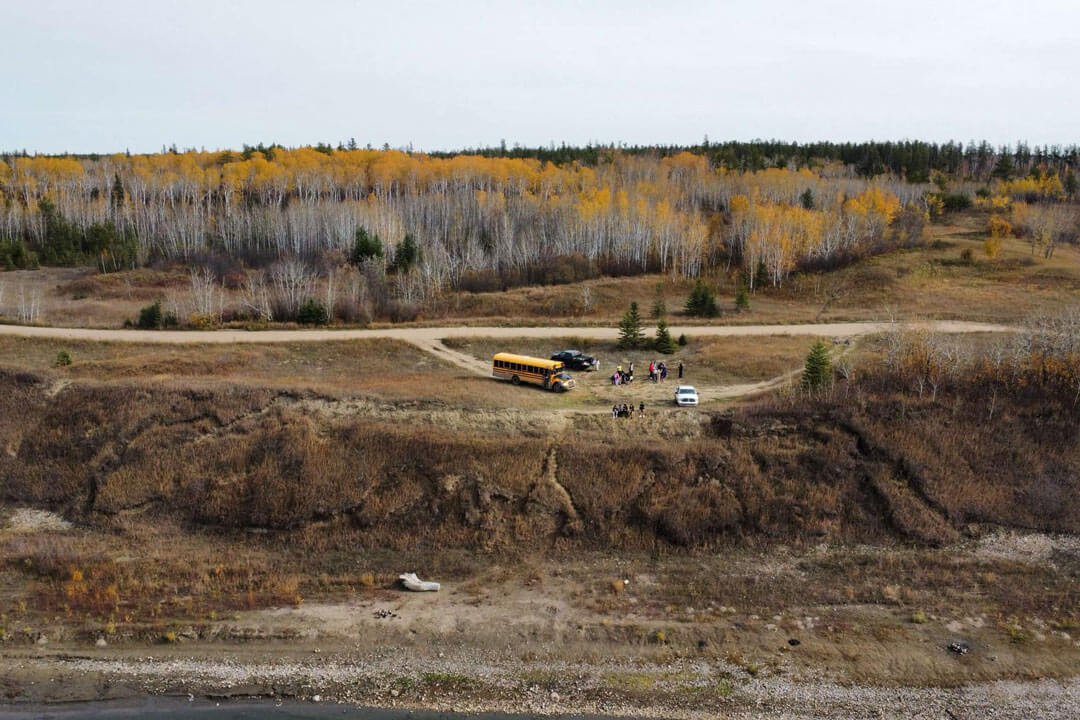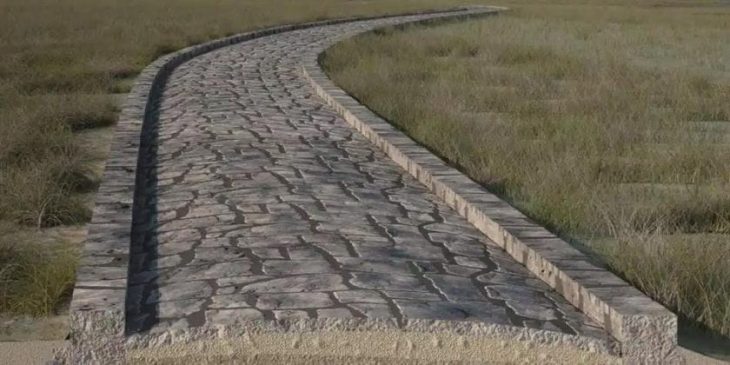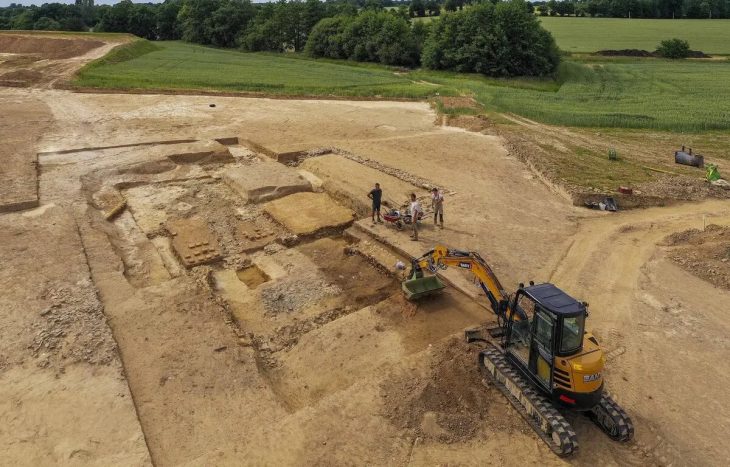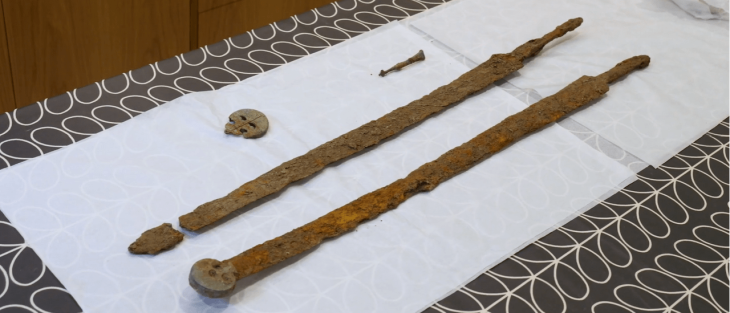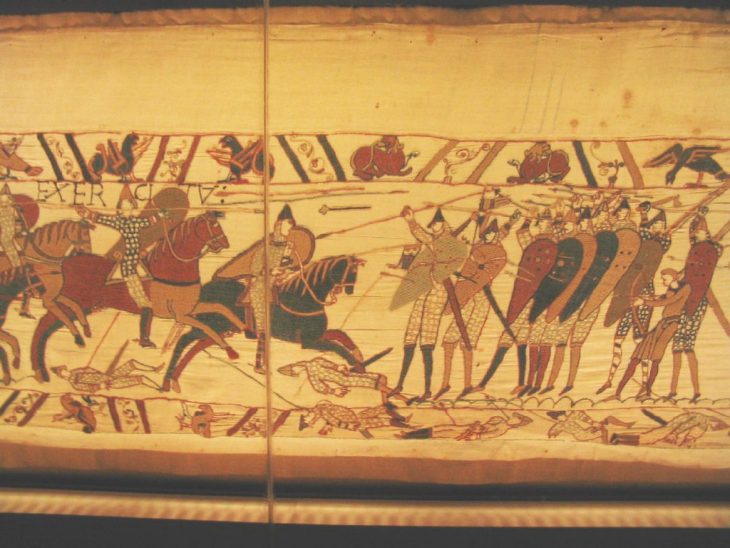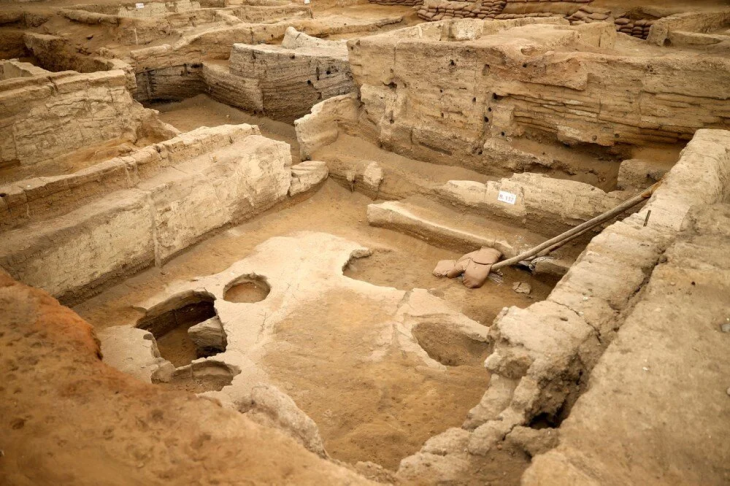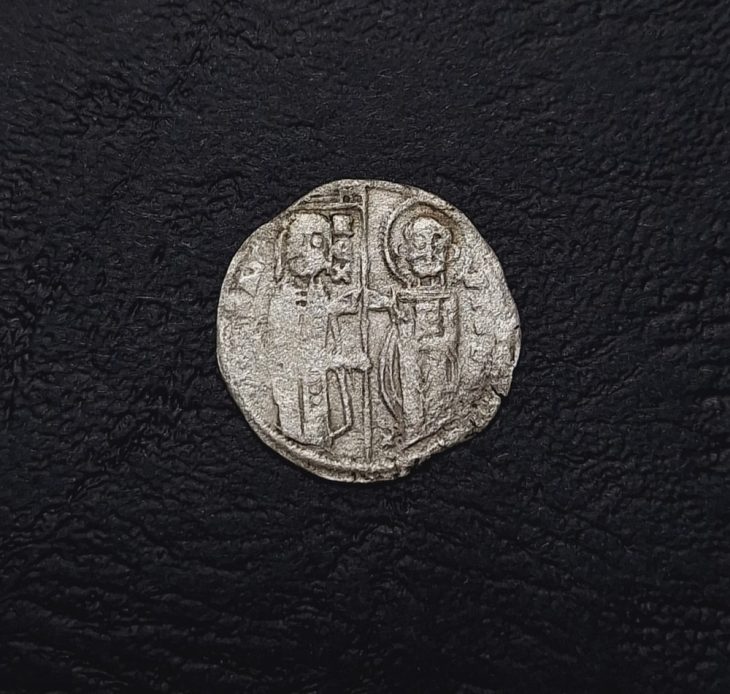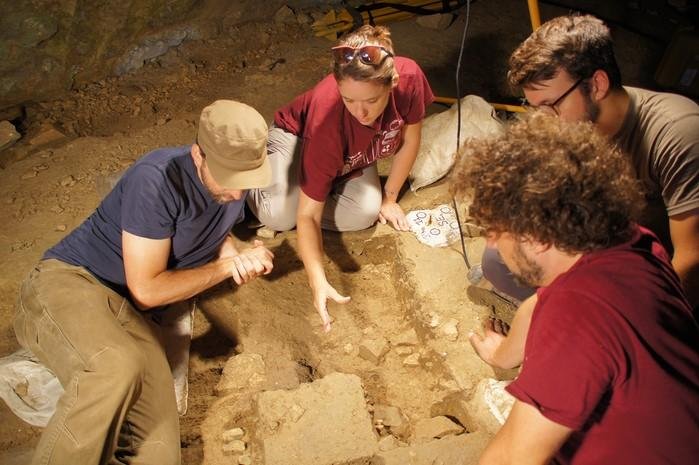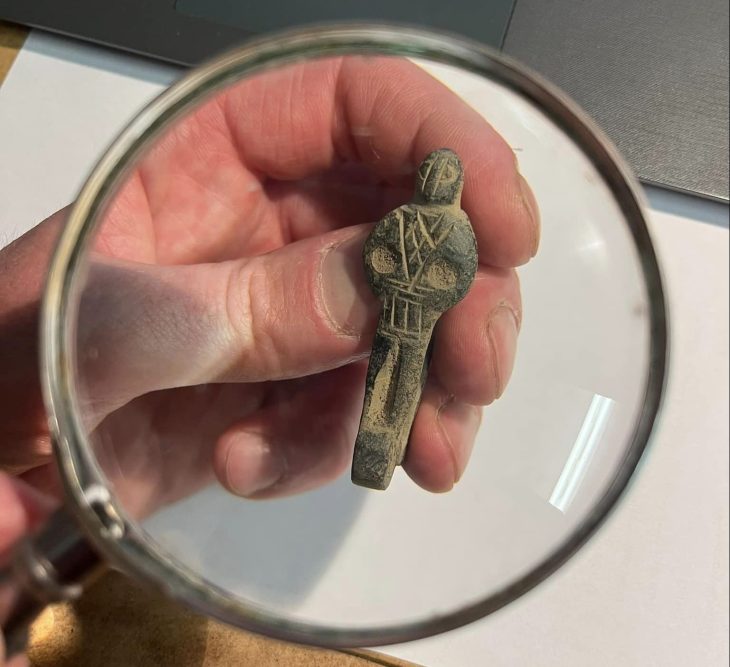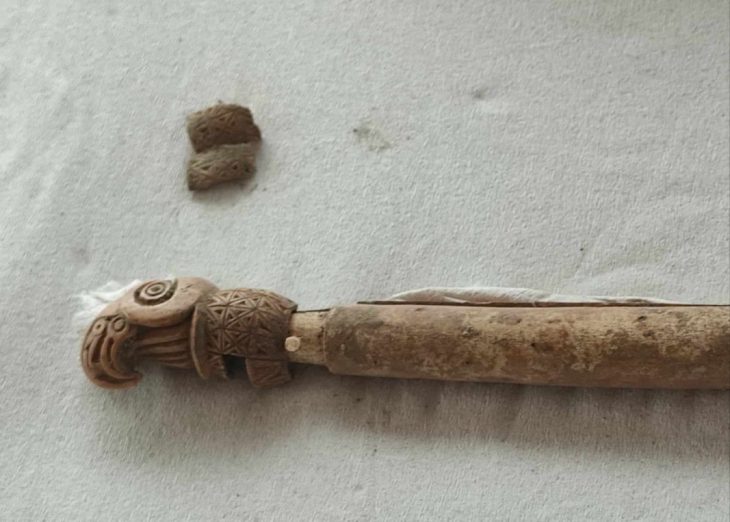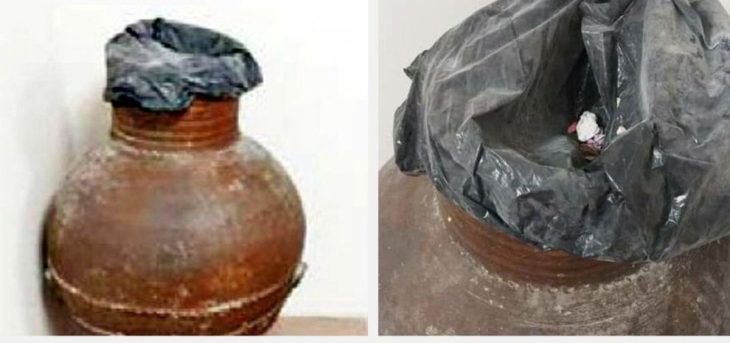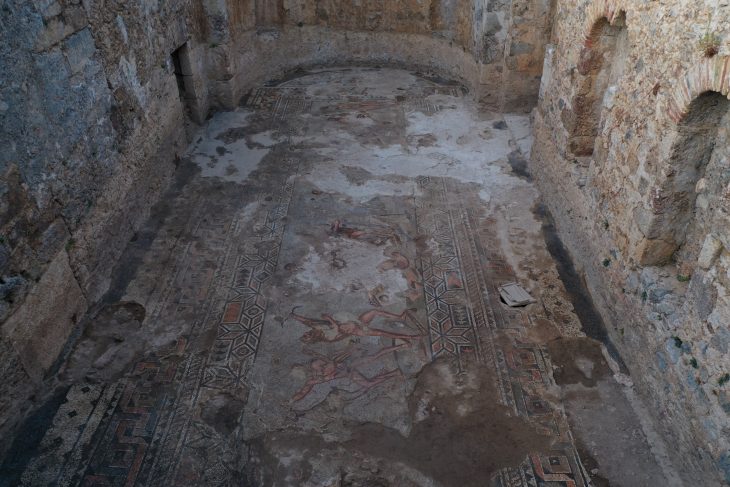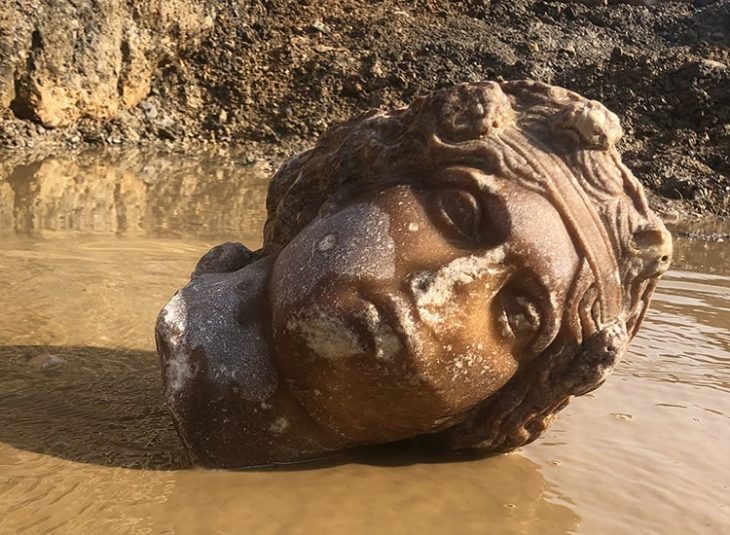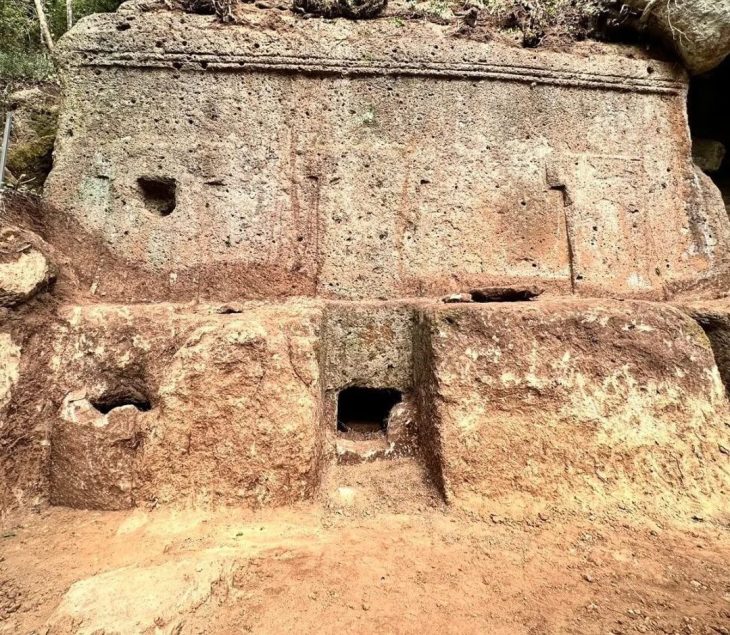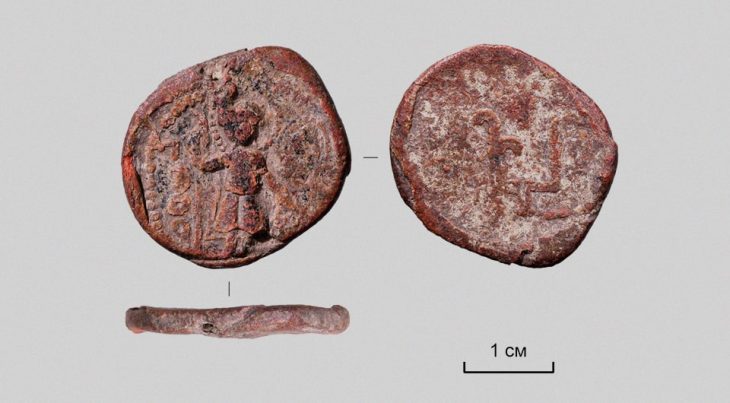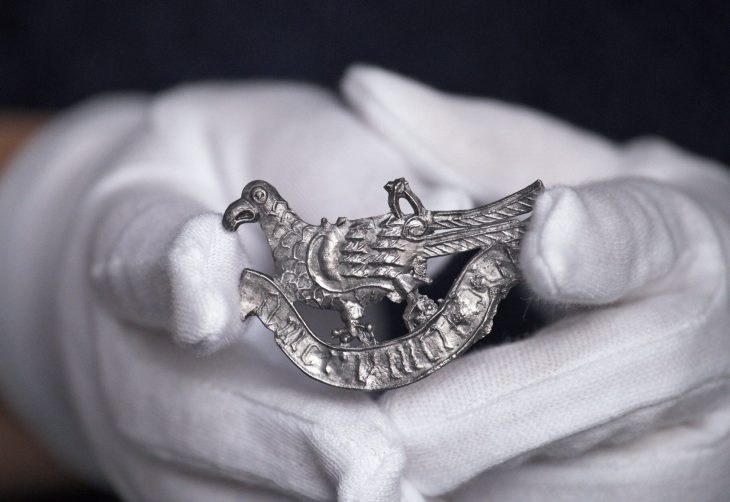A groundbreaking archaeological discovery near Sturgeon Lake First Nation is rewriting the narrative of early Indigenous civilizations in North America, revealing an astonishing 11,000-year-old pre-contact settlement that stands as one of the continent’s oldest known Indigenous sites.
This remarkable find not only challenges long-held beliefs about the timeline of organized societies in the region but also positions the site alongside some of the world’s most iconic ancient landmarks, including Egypt’s Great Pyramids, England’s Stonehenge, and Türkiye’s Göbekli Tepe—each a testament to the profound impact of early human civilization.
Leading the charge to protect and study this historic site is the Âsowanânihk Council, which translates to “A Place to Cross” in Cree. Collaborating with archaeologists from the University of Saskatchewan and the University of Calgary, the council—comprising Elders, Knowledge Keepers, educators, youth, and academics—demonstrates a steadfast commitment to preserving this invaluable piece of history for future generations.
Situated approximately five kilometers north of Prince Albert along the North Saskatchewan River, the site was initially discovered by researcher and avocational archaeologist Dave Rondeau. During a survey of the area, Rondeau observed notable erosion along the riverbank, which had uncovered a wealth of artifacts, signaling the presence of a significant archaeological site.
Dave Rondeau expressed his profound reaction to the discovery, stating, “Upon seeing the layers of history emerging from the soil, I felt the weight of generations looking back at me.” He emphasized the significance of the findings, noting, “Now that the evidence has validated my initial instincts, this site is challenging everything we believed and has the potential to alter the narrative of early Indigenous civilizations in North America.”
Evidence indicates that the site served as a long-term settlement rather than a temporary hunting camp. Among the significant findings are stone tools, fire pits, and lithic materials utilized in toolmaking. Layers of charcoal suggest that early Indigenous inhabitants engaged in fire management practices, which align with established oral traditions. Additionally, the discovery of large bison remains offers valuable insights into early hunting techniques and the evolution of the species.
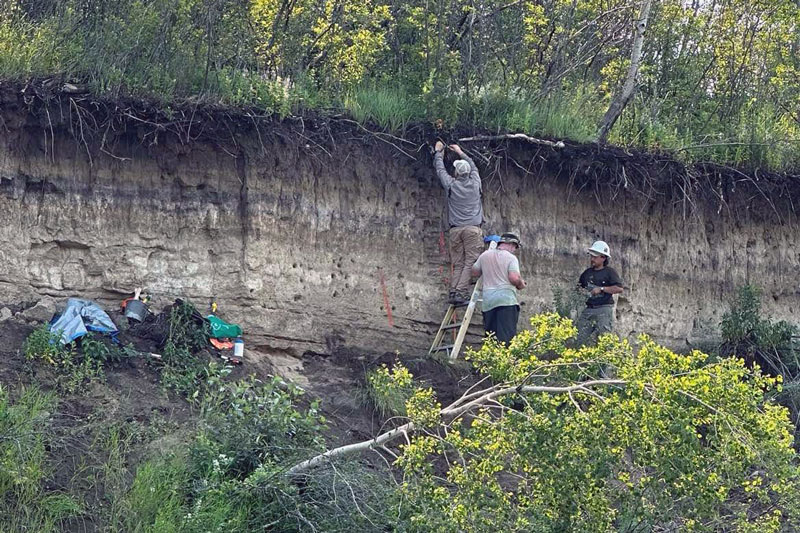
Dr. Glenn Stuart highlighted the significance of the discovery, stating that it challenges the outdated notion that early Indigenous peoples were exclusively nomadic. He noted, “The evidence of long-term settlement and land stewardship indicates a deep-rooted presence in the region.” Furthermore, he emphasized that the findings raise important questions about the Bering Strait Theory and support the oral histories of Indigenous communities, which assert that they have inhabited these lands for countless generations.
The landscape, shaped by glacial activity and extensive flooding over millennia, has undergone significant transformation. Researchers posit that the site, which currently resembles a buffalo jump, was once home to multiple bison pounds and kill sites. The findings indicate that early Indigenous hunters employed strategic methods to harvest bison, including the now-extinct Bison antiquus, which could weigh up to 2,000 kilograms.
This site serves as compelling evidence of the profound and enduring presence of Indigenous peoples in the region, reinforcing knowledge that has been transmitted through generations. Oral histories have long characterized the area as a vital cultural and trade hub, and this discovery provides tangible evidence that substantiates those narratives.
Chief Christine Longjohn emphasized the significance of the discovery, stating, “This finding serves as a powerful reminder that our ancestors were present, building, thriving, and shaping the land long before history books recognized our existence.” She expressed the sentiment that Indigenous voices have been marginalized for too long, asserting, “This site speaks for us, demonstrating that our roots are deep and unbroken. It embodies the footsteps of our ancestors, reflecting their struggles, triumphs, and wisdom. Each stone and artifact stands as a testament to their strength. We are not merely reclaiming history; we are reclaiming our rightful place within it.”
Looking ahead, the Âsowanânihk Council intends to collaborate with archaeologists to secure funding for ongoing research and preservation efforts. Plans are also in place to establish a cultural interpretive center aimed at promoting education, tourism, and community engagement, with a focus on integrating youth into land-based learning initiatives to enhance cultural knowledge and connections to the land.
Despite its immense significance, the site is threatened by logging and industrial activities. Elder Willie Ermine and the Âsowanânihk Council have expressed concerns about potential destruction and are advocating for immediate protective measures. The Sturgeon Lake First Nation and the council are urging local, provincial, and national stakeholders to support efforts to safeguard and study this historic site.
Cover Image Credit: The site is located about five kilometres north of Prince Albert along the North Saskatchewan River. Credit: Sturgeon Lake First Nation

